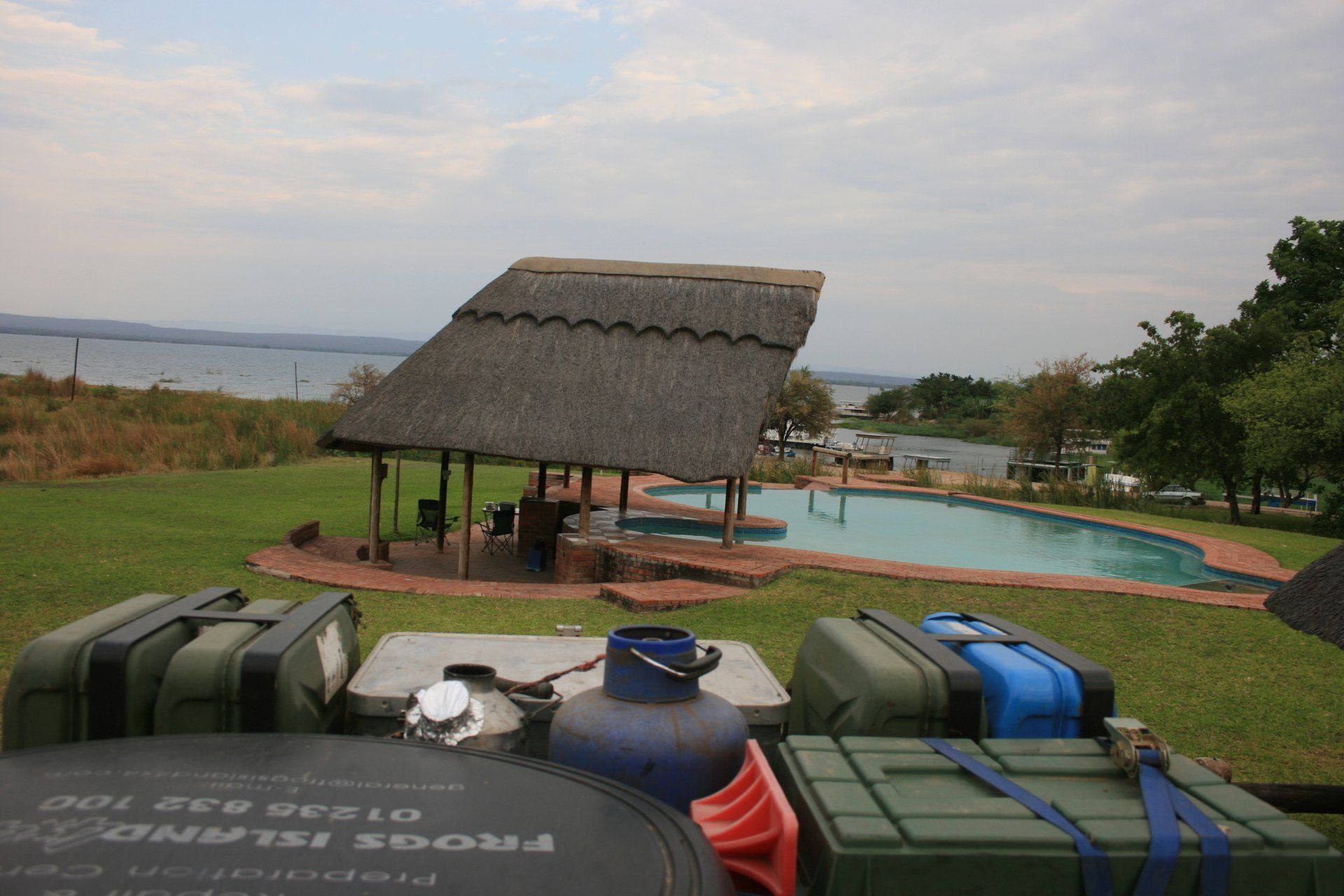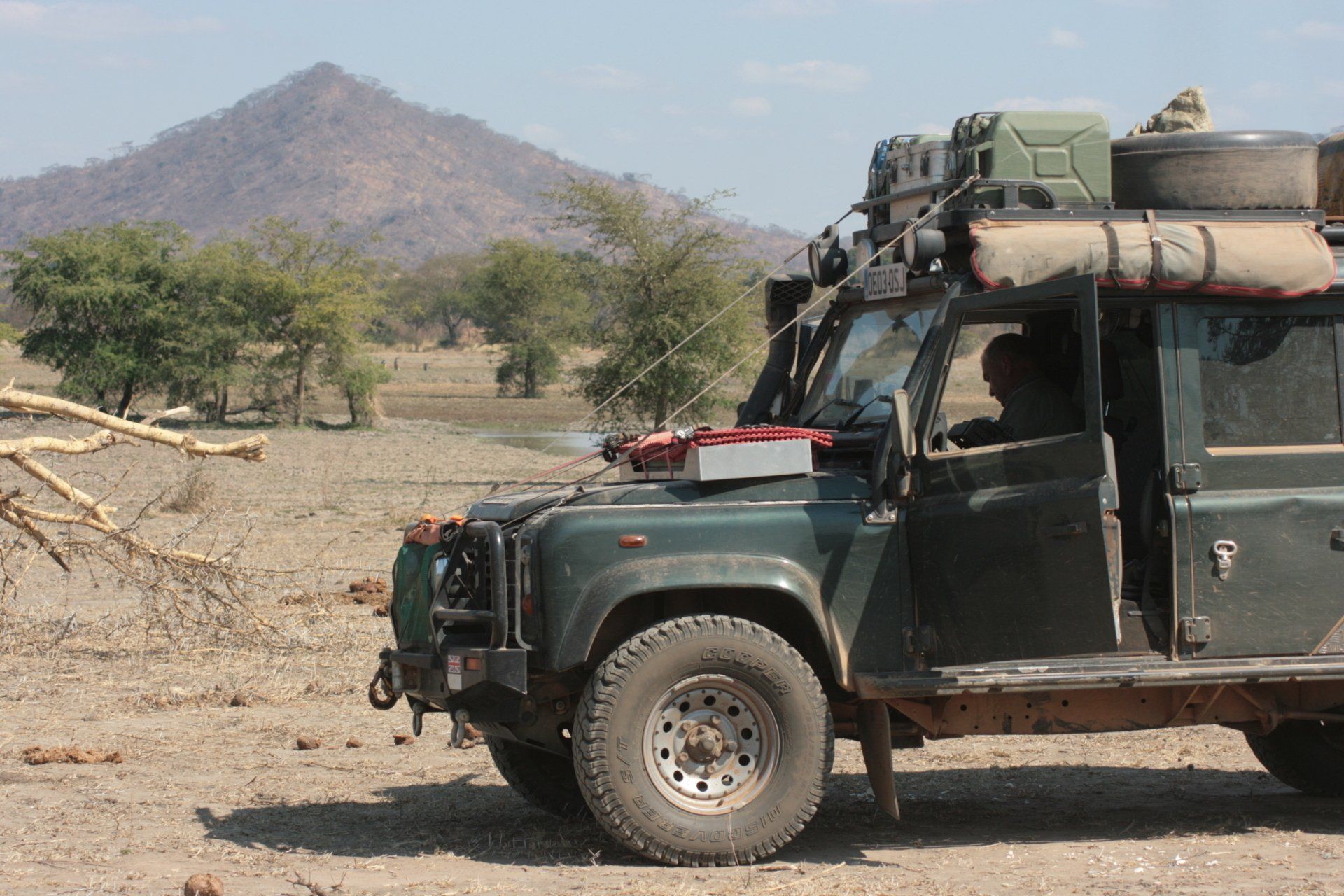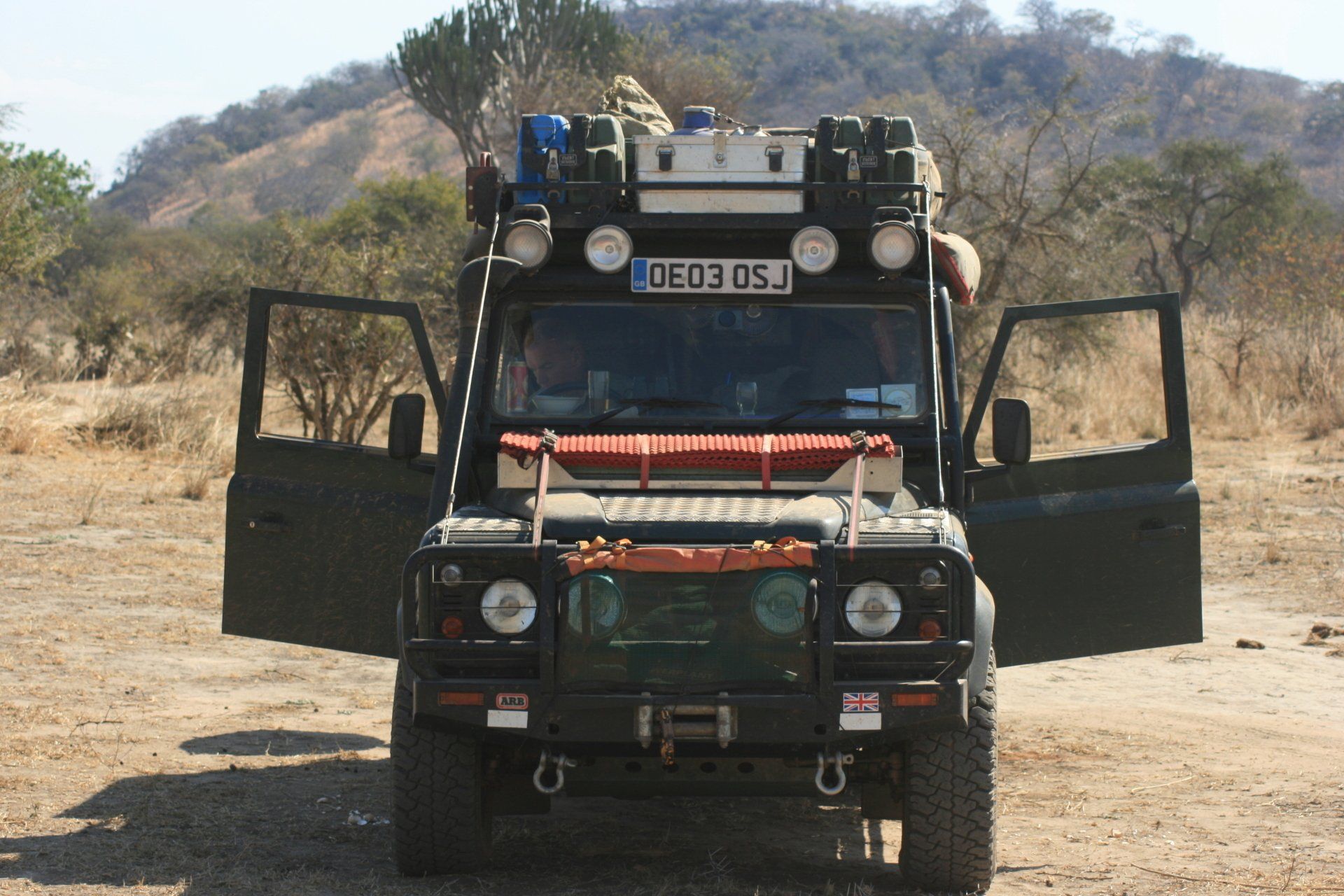Africa4x4
African Adventure - Our Trip
Fuel
Slide title
Write your caption hereButtonSlide title
Write your caption hereButtonSlide title
Write your caption hereButton
| Cost per litre | cf 2020 cost | Km | miles | litres | Gallons | m.p.g. | Total cost | cost per mile | |
|---|---|---|---|---|---|---|---|---|---|
| South Africa 1st visit | 51p | 61p | 4045 | 2528 | 480 | 106 | 21.2 | £236.00 | 9p |
| Botswana 1st visit | 51p | 53p | 4314 | 2696 | 649 | 143 | 21.1 | £314.00 | 12p |
| Zambia | 75p | 78p | 7053 | 4408 | 850 | 187 | 23 | £647.00 | 15p |
| Tanzania | 69p | 53p | 5203 | 3252 | 699 | 154 | 22.3 | £472.00 | 15p |
| Malawi | 90p | 75p | 3046 | 1904 | 386 | 85 | 22.7 | £384.00 | 20p |
| Mozambique | 58p | 74p | 3197 | 1998 | 425 | 93 | 21.3 | £250.00 | 13p |
| Swaziland | 61p | 55p | 678 | 424 | 96 | 21 | 20.6 | £56.00 | 13p |
| South Africa 2nd visit | 64p | 61p | 4864 | 3040 | 600 | 132 | 23.5 | £379.00 | 12p |
| Zimbabwe | 63p | £2.29 | 3416 | 2135 | 396 | 87 | 22.6 | £267.00 | 12p |
| Botswana 2nd visit | 57p | 53p | 5742 | 3589 | 760 | 167 | 22.6 | £429.00 | 12p |
| Namibia | 62p | 56p | 5808 | 3630 | 651 | 143 | 25.4 | £386.00 | 11p |
| South Africa 3rd Visit | 62p | 61p | 3658 | 2286 | 432 | 95 | 23.9 | £294.00 | 13p |
| Total/average | 51024 | 31890 | 6424 | 1413 | 22.5 | £4,114 | 13p | ||
| UK | £1.05 | £1.18 |
FUEL (DIESEL)
A vital commodity and one you do not want to run short of in the middle of nowhere.
The above chart give a rough idea of the costs and fuel consumption for the various countries. Prices are based on 2009/2010 costs and exchange rates with 2020 (July) costs in column 3 for comparison – as can be seen, despite much variation in the exchange rates (SEE HERE) most prices are fairly stable with exception of Zimbabwe where inflation has soared once more averaging 69.21% from 2009 until 2020, reaching an all time high of 837.53% in July 2020 from a record low of minus 7.50% in December of 2009 – just when we were there!
Diesel in many African countries, it seems, is generally of a lower standard and with more sulphur than found in the UK.
UK fuel consumption with the Land Rover as standard was approximately about 30 mpg (10.5 kpl) dropping to about 25 mpg (8.8 kpl) after kitting-out &modifications. Speed on the roads in Africa was kept at about 80 kph (50 mph). Fuel consumption was fairly consistent with the exception of driving on long stretches of sand when consumption dropped to something like 16 or 17 mpg (5.7 or 6.0 kpl). These figures accord quite nicely to published figures of 8 kpl (22.8 mpg) for tar and 5 kpl (14.3 mpg) for off-roading.
As a good rule-of-thumb, you should aim to have a fuel range of about 1000 kilometres (621 miles).
For general use, a 1000 kilometre range would require @25mpg approximately 25 gallons (114 litres); in sand @16mpg this would increase dramatically to about 38 gallons (175 litres). Depending upon the leg and conditions an additional leeway of a third extra fuel should be factored in. Whilst fuel availability is generally good in towns the distances between towns, even on the major roads, can be considerable and with no guarantee that the garage will have fuel available or power to pump it. Little or no fuel will be available away from the major routes.
The golden rule in the more remote areas is 'never pass a garage without topping up'. Most garages are cash only with fuel dispensed by an attendant; he or she or another will usually wash the screen. They will also check tyres and oil if required: a small tip is usual; 2 rand or equivalent is about right. Attendants everywhere will squeeze as much in as possible, often rocking the vehicle enthusiastically and often leading to spills! Some of the larger garage chains in South Africa were starting to take credit cards but not currently widely available as of 2010.
The standard 110 TD5 Defender fuel tank holds 16.5 gallons (75 litres) giving @25 mpg (8.8kpl) a nominal range on tar of only 409 miles (660 kilometres) and on sand @16 mpg (5.7 kpl) only 265 miles (427 kilometres). Extra fuel was, therefore, clearly essential for the places we were planning to visit. We fitted an extra 47 litre (just over 10 gallon) fuel tank under the rear offside wing - giving an overall total of nearly 27 gallons (122 litres) increasing the nominal range to 675 miles (1086 kilometres) on tar and 432 miles (695 kilometres) on sand.
As I didn’t know what sort of fuel consumption to expect, bearing in mind we were carrying a lot of weight, I bought in Cape Town 3 fuel jerry cans (& 1 water jerry can) fitted on the roof rack by lockable Frontrunner holders. This gave an extra 13 gallons (60 litres) and now gave a total capacity of 40 gallons (182 litres) and an anticipated range of 994 miles (1600 kilometres) for normal use and a sand range of 644 miles (1037 kilometres). I was happy this would be sufficient to cover any intended legs of the trip.
The extra weight of full jerry cans, about 18 kg each, on the roof is a consideration but in the grand scheme of things I decided it was negligible, particularly as I had a little scare soon into the trip. I thought the nearest fuel was much further away than it actually was thanks to misreading the GPS and thereafter resolved that it was pointless carrying 60 litres of fresh air in the jerry cans not knowing when a crisis might arise: they remained full for the rest of the trip. We only had to use one once in the Kalahari Desert in Botswana although we could have comfortably made it without it, it was certainly peace of mind to have them. Stored diesel does have a shelf life of up to 12 months apparently.
www.africa4x4.org


